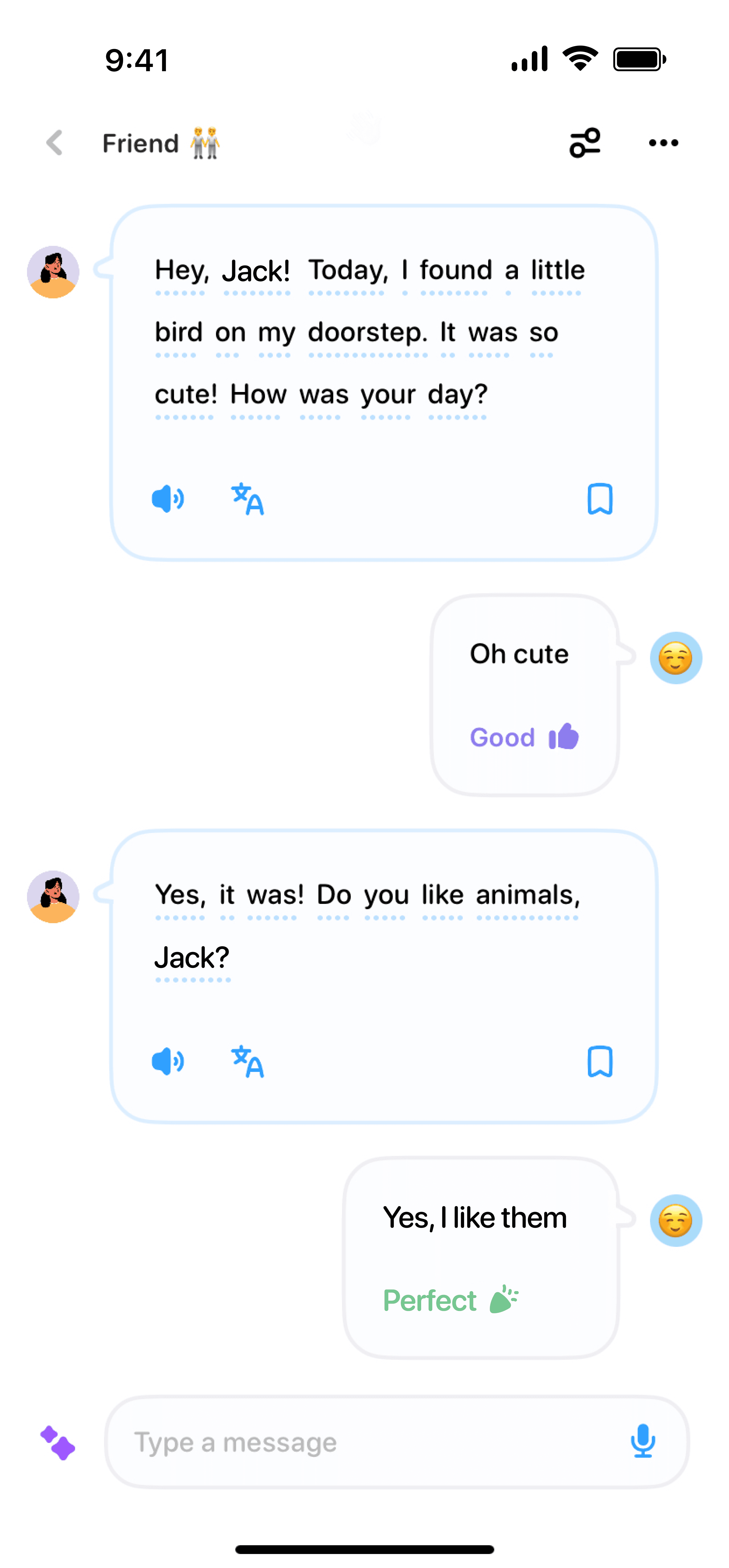06/09/2024
·
Emma Robbie
Learning a new language can be a fun and rewarding experience, especially when it’s something as vibrant and beautiful as Spanish. Whether you’re dreaming of a vacation in Spain, planning to salsa in Cuba, or simply want to expand your linguistic abilities, here are some simplified steps to help you
Kickstart Your Journey
1. Set Clear Goals
Before you dive into learning Spanish, it's crucial to set clear, achievable goals. Do you want to learn basic conversational phrases, or are you aiming for fluency? Knowing what you want to achieve will help keep you motivated and on track.
2. Start with Basic Vocabulary
Begin with everyday vocabulary. Learn words and phrases that you use often in your native language. This could include greetings, numbers, common objects, and useful expressions.
Hola (Hello)
Adiós (Goodbye)
Por favor (Please)
Gracias (Thank you)
¿Cómo estás? (How are you?)
3. Use Flashcards
Flashcards are a powerful tool for memorizing new vocabulary. You can create your own or use apps like Anki and Quizlet. The repetition will help solidify these words in your memory.
Immerse Yourself in the Language
4. Listen to Spanish Music and Podcasts
Listening is a great way to get accustomed to the sound and rhythm of Spanish. Find some Spanish music you enjoy or listen to podcasts designed for beginners. This will also help improve your pronunciation.
5. Watch Spanish Movies and TV Shows
Watching content in Spanish can significantly boost your understanding. Start with subtitles in your native language and gradually switch to Spanish subtitles, and finally, try watching without any subtitles.
6. Practice Speaking
Don’t be shy! Practice speaking Spanish as much as possible. You can find language exchange partners online or join local language meetups. The key is to keep practicing and not worry about making mistakes.
Structured Learning
7. Enroll in a Spanish Course
If you’re serious about learning, consider taking a structured course. Many language schools offer beginner Spanish classes, often with flexible schedules. If you prefer online learning, platforms like Duolingo, Babbel, or Coursera offer excellent courses.
8. Use Language Learning Apps
Apps like Duolingo, Memrise, and Rosetta Stone provide interactive and engaging ways to learn Spanish. They often include a variety of exercises, from vocabulary drills to grammar lessons, keeping you entertained while learning.
9. Read Children’s Books and Simple Texts
Start reading simple texts like children’s books or beginner-level Spanish books. This will help you grasp basic sentence structures and common vocabulary.
Staying Motivated
10. Set a Consistent Study Routine
Consistency is key. Set a regular schedule for your Spanish study and stick to it. Even 15-20 minutes a day can make a huge difference over time.
11. Celebrate Your Progress
Don’t forget to acknowledge your achievements. Celebrate when you reach milestones, whether it’s mastering a new set of vocabulary or completing a lesson.
Final Thoughts
Learning Spanish doesn’t have to be overwhelming. By breaking it down into simple, manageable steps, you can steadily progress towards becoming a confident Spanish speaker. Remember to relax, enjoy the process, and embrace every mistake as a learning opportunity. ¡Buena suerte! (Good luck!)



